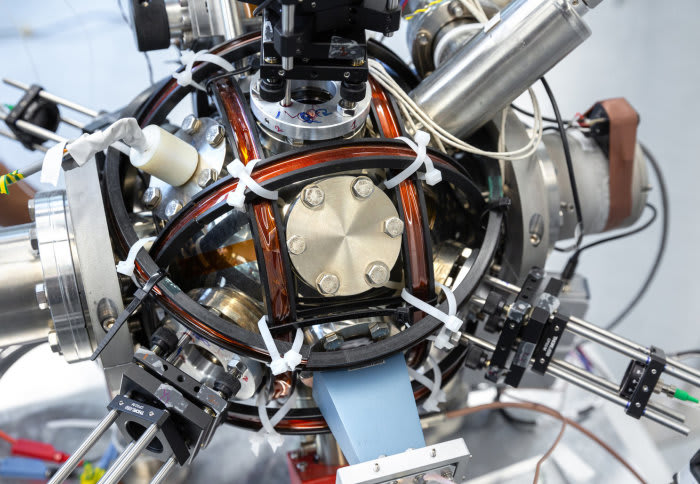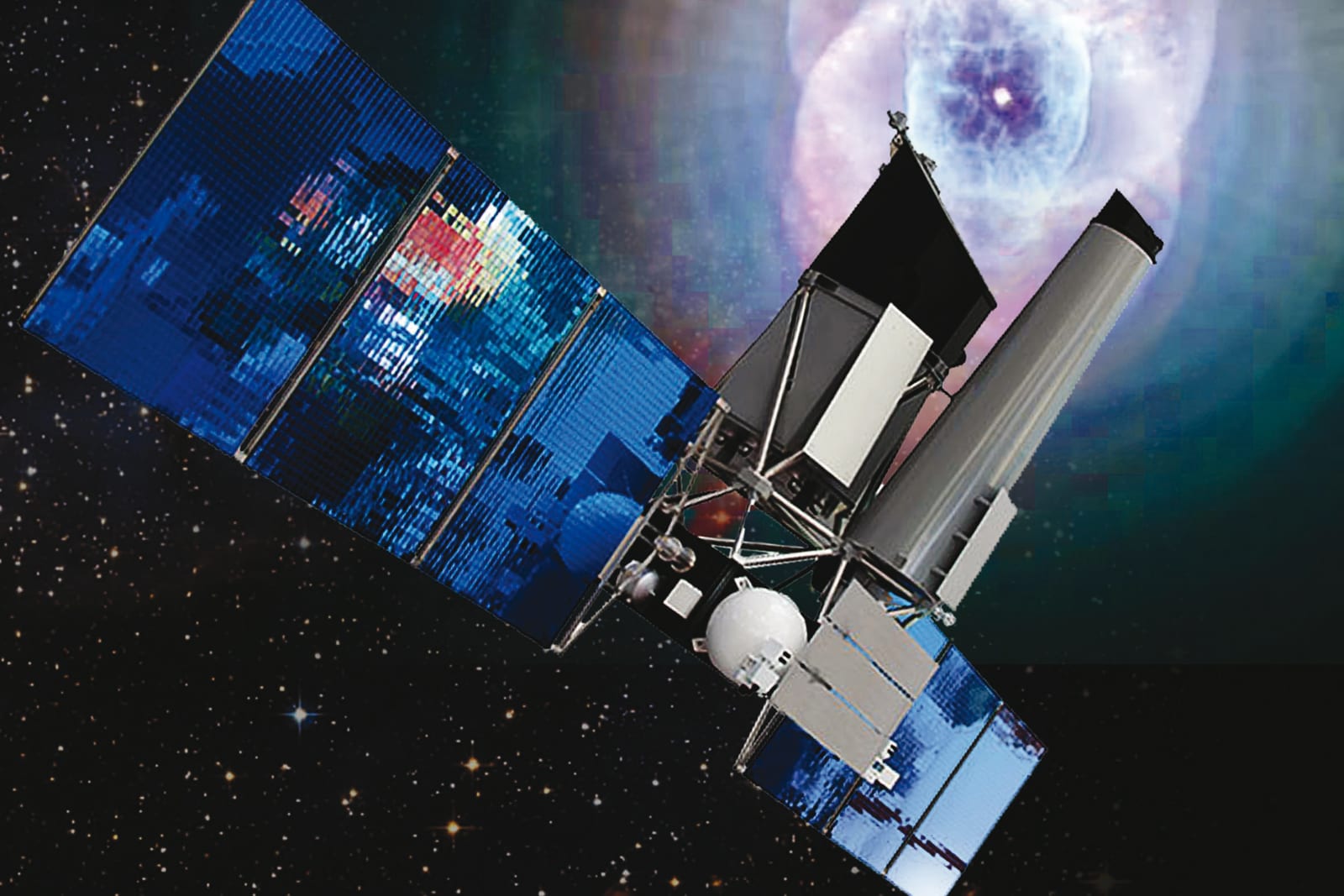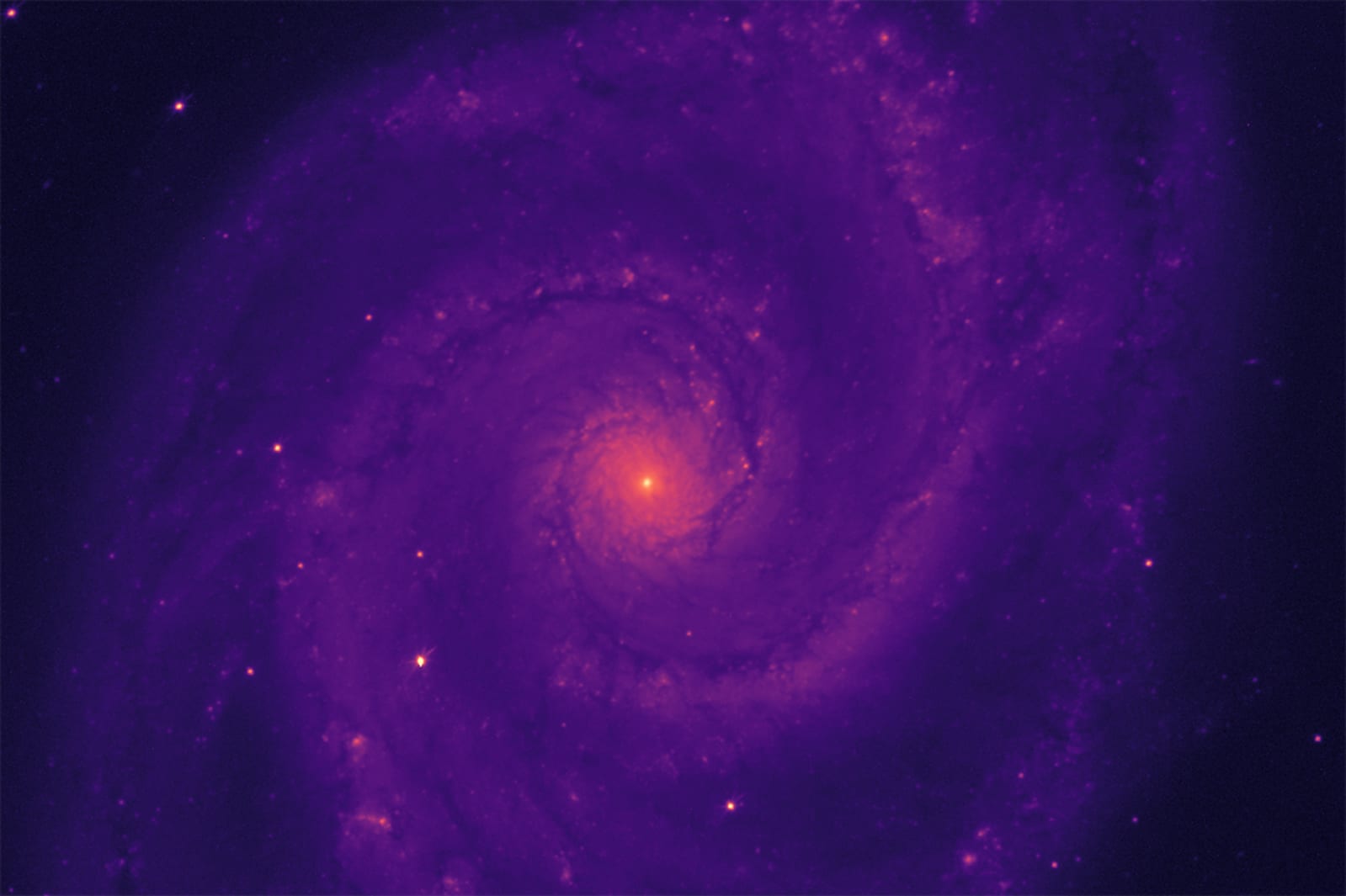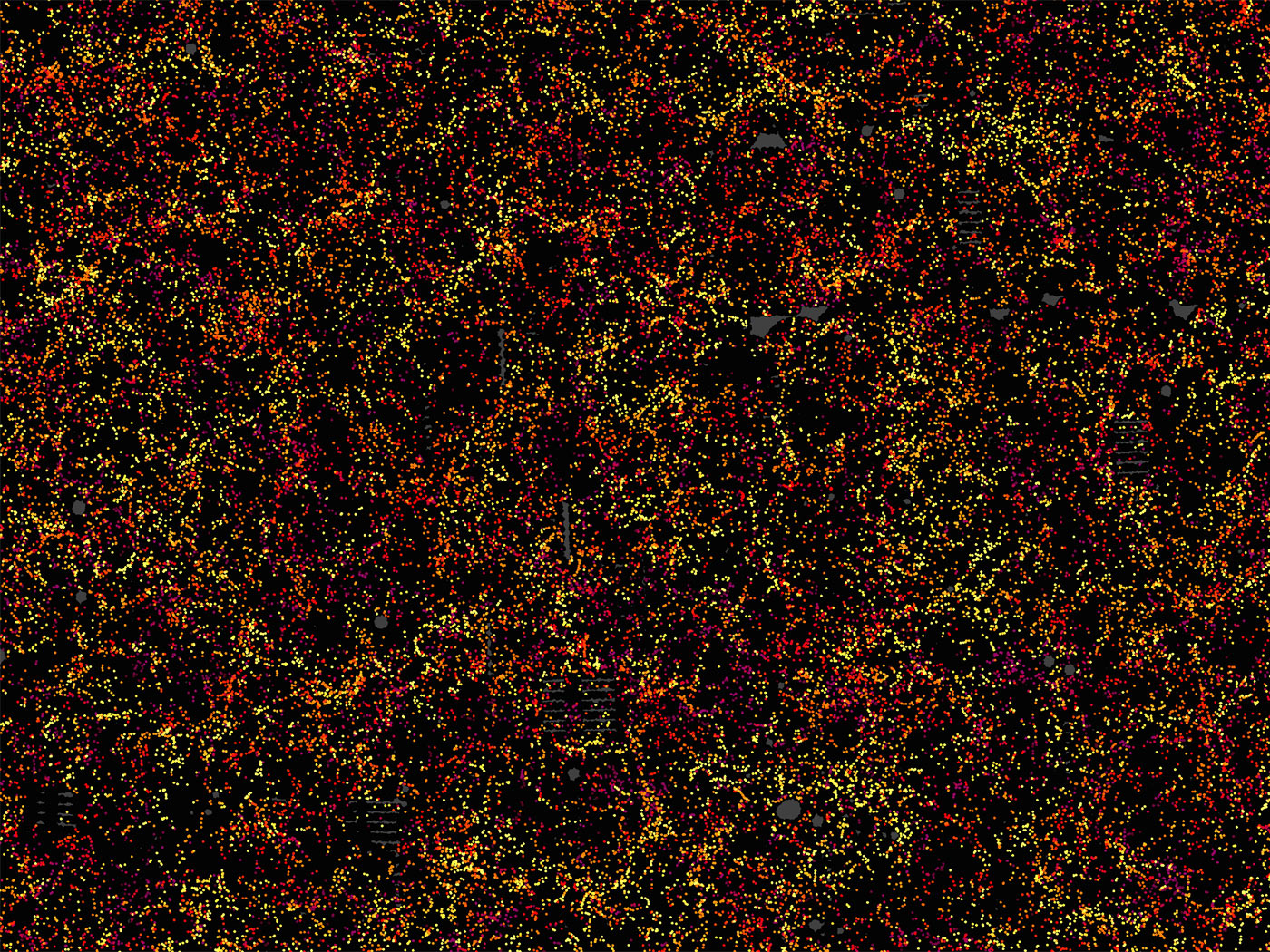
The National Optical Astronomy Observatory (NOAO) puts it into perspective right away: "Eight billion years ago, rays of light from distant galaxies began their long journey to Earth." It's important to hold that fact in mind, as we marvel at the first images from deep in the belly of our universe to arrive from the Chile-based Dark Energy Camera (DECam). As that name might suggest, peering at remote galaxies for purely visual gratification isn't the camera's primary purpose. The result of eight years of planning and hard work, involving engineers and scientists from three continents, the DECam is mounted on the Victor M. Blanco Telescope at the Cerro Tololo Inter-American Observatory in Chile. Sitting atop a 7,200-foot mountain, the camera is part of the Dark Energy Survey, which intends to gather information on over 300 million galaxies. The goal is to better understand dark energy -- a concept that represents our best explanation for why the universe's rate of expansion is speeding up, rather than slowing due to gravity. Gaze past the break for the background on the project.
Continue reading DECam: Gazing deep into the final frontier in search of dark energy
Filed under: Science, Alt
DECam: Gazing deep into the final frontier in search of dark energy originally appeared on Engadget on Wed, 19 Sep 2012 13:39:00 EDT. Please see our terms for use of feeds.
Permalink |
 NOAO, Fermilab
NOAO, Fermilab |
Email this |
Comments
 Scientists have long known that the universe is expanding, but in the '90s data from the Hubble telescope showed something strange: the expansion is happening faster now than it did when the universe was younger. This flew in the face of all our mode...
Scientists have long known that the universe is expanding, but in the '90s data from the Hubble telescope showed something strange: the expansion is happening faster now than it did when the universe was younger. This flew in the face of all our mode...
 Scientists have long known that the universe is expanding, but in the '90s data from the Hubble telescope showed something strange: the expansion is happening faster now than it did when the universe was younger. This flew in the face of all our mode...
Scientists have long known that the universe is expanding, but in the '90s data from the Hubble telescope showed something strange: the expansion is happening faster now than it did when the universe was younger. This flew in the face of all our mode...
 Russia is back in the business of space observation after losing control of a radio telescope a the start of 2019. The country has successfully launched Spektr-RG, an X-ray telescope co-developed with Germany's help. The vessel will take 100 days t...
Russia is back in the business of space observation after losing control of a radio telescope a the start of 2019. The country has successfully launched Spektr-RG, an X-ray telescope co-developed with Germany's help. The vessel will take 100 days t...
 Scientists are one step closer to precisely 3D mapping the galaxy and better understanding dark energy. For years, a team of more than 70 international organizations have been building the Dark Energy Spectroscopic Instrument (DESI), which will allow...
Scientists are one step closer to precisely 3D mapping the galaxy and better understanding dark energy. For years, a team of more than 70 international organizations have been building the Dark Energy Spectroscopic Instrument (DESI), which will allow...
 After spending a decade measuring the stars, scientists just released a 3D map spanning 1.2 million galaxies. But it also measures the universe's expansion over time, giving credence to the theory that dark energy played a role in its increasing size...
After spending a decade measuring the stars, scientists just released a 3D map spanning 1.2 million galaxies. But it also measures the universe's expansion over time, giving credence to the theory that dark energy played a role in its increasing size...


 While the best physicists in the world are pretty smart people, some of the more essential questions regarding to our …
While the best physicists in the world are pretty smart people, some of the more essential questions regarding to our …





